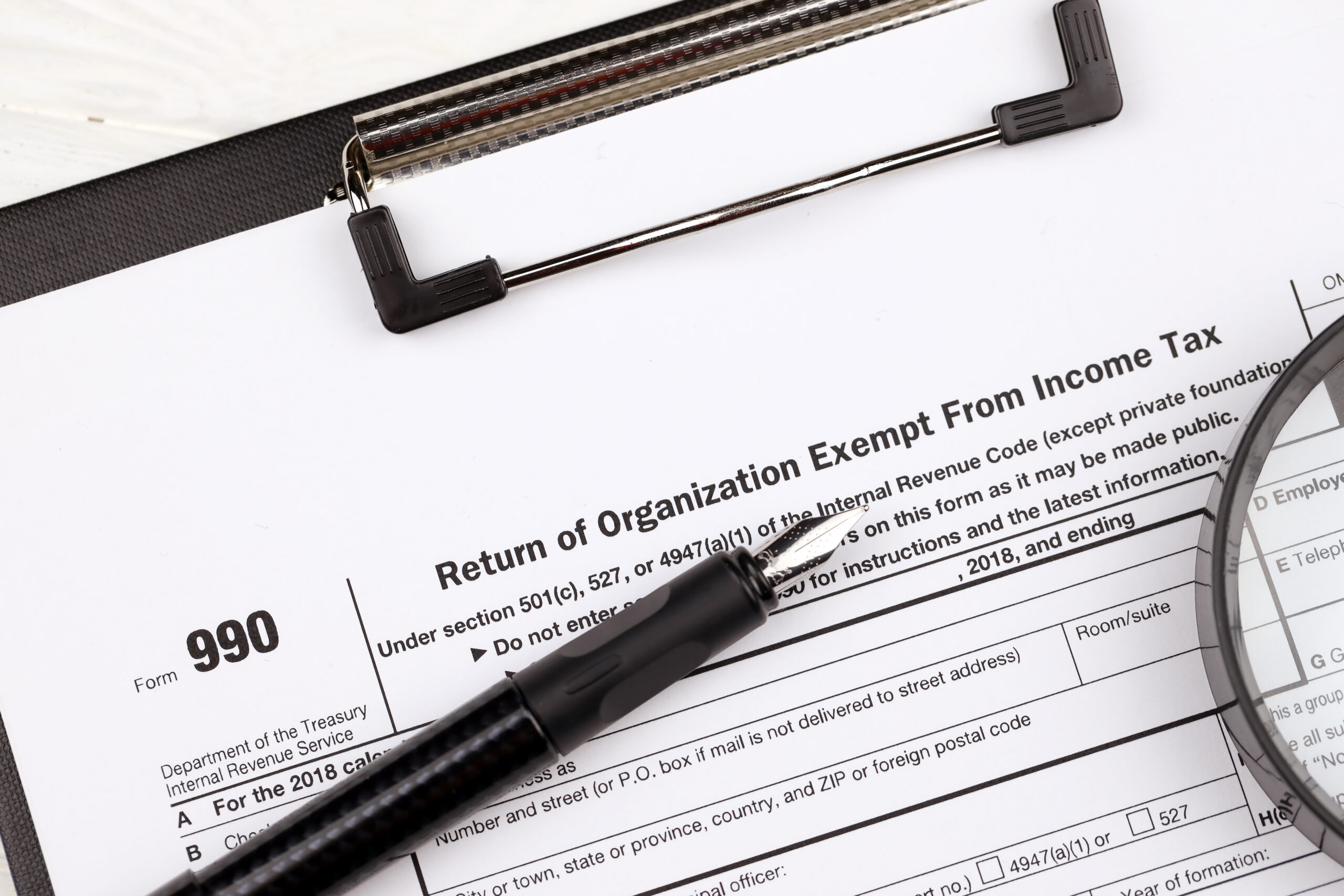
It typically takes a nonprofit organization a number of months after it forms to file with the IRS an application for recognition of tax exemption. Then comes the waiting process. It may take many months for the IRS to reply, hopefully with a favorable determination letter recognizing the organization as tax-exempt from the date of its formation. During this period, the organization’s tax year may have elapsed and a tax return may be due.
Technically, the organization may be a taxable entity until it receives that IRS determination letter so the filing due might be a Form 1120, a U.S. Corporation Income Tax Return. But if exemption is granted retroactive to formation, then the Form 1120 would be the wrong form to file for a tax-exempt organization.
Recent IRS Guidance
The IRS provided some clarity for nonprofits in this situation with this relatively new webpage: Tax Law Compliance Before Exempt Status Is Recognized, which is reproduced in part below:
An organization that claims tax-exempt status under section 501(a), but has not yet received an IRS letter recognizing exempt status, is generally required to file an annual exempt organization return. If an annual return is due before the organization has submitted its application or while the organization’s application for recognition of exempt status is pending (including any appeal of a proposed adverse determination), the organization must file the return (including all applicable schedules and attachments) at the following address:
Department of the Treasury
Internal Revenue Service Center
Ogden, Utah 84201-0027
If the organization’s principal business, office, or agency is in a foreign country or U.S. possession, mail to:
Internal Revenue Service Center
P.O. Box 409101
Ogden, Utah 84409
Indicate that exempt status is not yet recognized by checking the appropriate box on page 1 of Form 990 or 990-EZ.
Like other exempt organization annual returns, a return filed before exempt status is recognized is subject to public disclosure.
If an organization has unrelated business income of more than $1,000, it must also file Form 990-T, Exempt Organization Business Income Tax Return PDF.
Your organization must comply with other tax law requirements applicable to tax-exempt organizations. See Publication 557, Tax Exempt Status for Your Organization PDF, for more information.
Some Clarifications
For a nonprofit in this situation, note that the Form 990, 990-EZ, or 990-PF cannot be filed electronically as will be required after it receives its determination letter.
If the nonprofit in this situation qualifies to file the Form 990-N (e-postcard), this must be filed electronically, but first, an officer of the organization should contact the IRS Customer Account Services at 877-829-5500 (a toll-free number) and ask that the organization be set up to allow filing of Form 990-N, the e-Postcard.
The organization will need to allow six weeks for the IRS to update its records before it can file a Form 990-N. The IRS has provided on its website that the organization should not be concerned if this delay causes its filing to occur after the Form 990-N is due because there are no late filing or delinquency penalties associated with Form 990-N. Note, however that an organization’s tax-exempt status is automatically revoked if it does not satisfy its annual filing requirement for three consecutive years. See Annual Electronic Filing Requirement for Small Exempt Organizations — Form 990-N (e-Postcard).